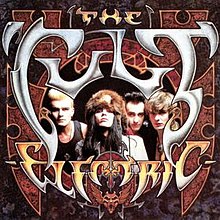
The Cult are an English rock band formed in Bradford in 1983. Before settling on their current name in January 1984, the band performed under the name Death Cult, which was an evolution of the name of lead vocalist Ian Astbury's previous band Southern Death Cult. They gained a dedicated following in the United Kingdom in the mid-1980s as a post-punk and gothic rock band, with singles such as "She Sells Sanctuary", before breaking into the mainstream in the United States in the late 1980s establishing themselves as a hard rock band with singles such as "Love Removal Machine". Since its initial formation in 1983, the band have had various line-ups; the longest-serving members are Astbury and guitarist Billy Duffy, who are also the band's two main songwriters.
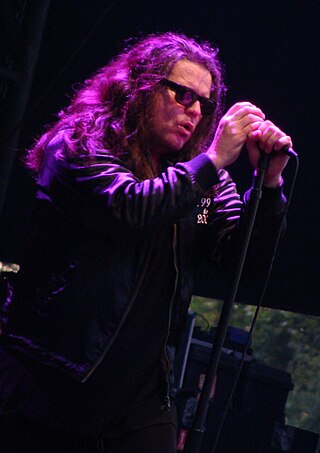
Ian Robert Astbury is an English singer, best known as the lead vocalist, frontman and a founding member of the rock band the Cult. During various hiatuses from the Cult, Astbury fronted the short-lived band Holy Barbarians in 1996, and later from 2002 to 2007 served as the lead singer of Riders on the Storm, a Doors tribute band that also featured original Doors members Ray Manzarek and Robby Krieger. Astbury replaced Rob Tyner during an MC5 reunion in 2003, and has contributed guest vocals on several recordings by other artists.
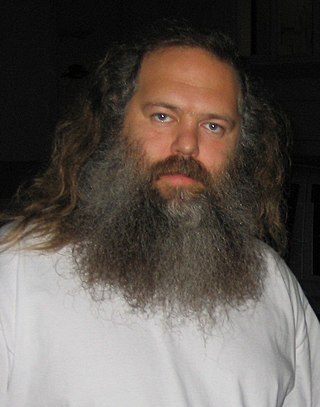
Frederick Jay Rubin is an American record executive and record producer. He is a co-founder of Def Jam Recordings, founder of American Recordings, and former co-president of Columbia Records.

Dreamtime is the debut studio album by the English rock band the Cult. Released on 31 August 1984 by Beggars Banquet Records, it peaked at No. 21 on the UK Albums Chart and was later certified silver by the BPI after having sold 60,000 copies. The first single, "Spiritwalker", peaked at No. 1 on the UK Independent Singles Chart. Dreamtime has subsequently been reissued in roughly 30 countries worldwide.

Masters of Reality is an American rock band formed in 1981 by frontman Chris Goss and guitarist Tim Harrington in Syracuse, New York, United States. They took the name for the band from a misprinted label of the third Black Sabbath album. Goss has remained the only constant band member.

Edwin H. Kramer is a South African-born recording producer and engineer. He has collaborated with several artists now in the Rock and Roll Hall of Fame, including Jimi Hendrix, the Beatles, David Bowie, the Rolling Stones, Led Zeppelin, Eric Clapton, the Kinks, Kiss, John Mellencamp, and Carlos Santana, as well as records for other well-known artists in various genres.
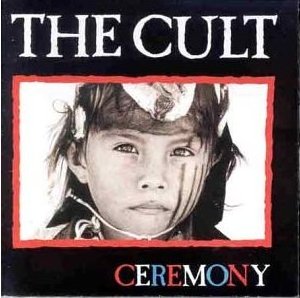
Ceremony is the fifth studio album by British rock band The Cult, first released on 23 September 1991. The most popular songs on the album are “Wild Hearted Son” and “Heart of Soul”.

Sonic Temple is the fourth studio album by British rock band The Cult, released on 10 April 1989. The album features some of the band's most popular songs, including "Fire Woman" and "Edie ". Sonic Temple was the last album recorded with longtime bassist Jamie Stewart, who left in 1990, and the first to feature session drummer Mickey Curry.

Love is the second studio album by the English rock band the Cult, released on 18 October 1985 by Beggars Banquet Records. The album was the band's commercial breakthrough, reaching number four in the UK and staying on the chart for 22 weeks. It produced three Top 40 singles in the UK, "She Sells Sanctuary", "Rain", and "Revolution". It has been released in nearly 30 countries and sold an estimated 2.5 million copies. Love was recorded at Jacob's Studios in Farnham, Surrey, in July and August 1985.

William Henry Duffy is an English rock musician, best known as the guitarist of the band The Cult.
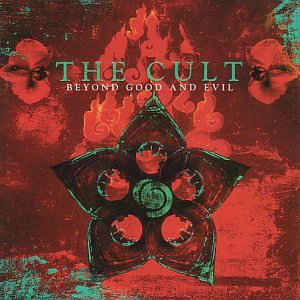
Beyond Good and Evil is the seventh studio album by English rock band The Cult. Released in 2001, it marked their first new recording in six and a half years. The record debuted at No. 37 on the charts in the United States, No. 22 in Canada, No. 25 in Spain.

James Alec Stewart is a retired British musician who was the bassist of the post-punk/hard rock band The Cult. He recorded on The Cult's first four albums, Dreamtime, Love, Electric and Sonic Temple.

The Cult is the sixth studio album from English rock band, The Cult. It was released in October 1994 on Beggars Banquet Records and it is also the band's last album on Sire Records in the US. It is also commonly referred to as the "Black Sheep" record, due to the image of a Manx Loaghtan black sheep on the front cover. The record also features one of the very rare times when Ian Astbury and Billy Duffy have shared songwriting credit with anyone: bassist Craig Adams is credited as co-author of "Universal You".

Born into This is The Cult's eighth studio album, and was released on October 2, 2007 in the US, Canada, South Africa, and Sweden. It was released in Hungary, Denmark, Spain and France on 1 October, and in Finland on the 3rd.

Ballbreaker is the thirteenth studio album by Australian hard rock band AC/DC. It was released in 1995 and was re-released in 2005 as part of the AC/DC Remasters series.

Dynamite Monster Boogie Concert is a studio album by American hard rock band Raging Slab, released in 1993. It was released digitally in 2009.

Choice of Weapon is the ninth album by the British rock band The Cult. The album was initially planned for release in 2011, but the release date was pushed back to May 2012. It was initially released on 18 May in Europe, before being released in the UK on 21 May and then in the US the following day. Recording sessions for Choice of Weapon began in March 2011 with Chris Goss, who produced the 2010 Capsule EPs. The sessions took place at studios in New York City, Los Angeles, California, and the "California desert". The album was finished in January 2012. During the recording sessions, Bob Rock teamed up with The Cult for the first time since 2001's Beyond Good and Evil and co-produced Choice of Weapon. Choice of Weapon was named iTunes "Rock Album of the Year" in 2012.

Rare Cult is a limited edition, six-CD box set from British rock band the Cult, released in November 2000. The chronologically-organized set contains 90 tracks of studio B-sides, radio sessions, 12-inch mixes, alternate mixes, demos and the complete then-unreleased Peace album. The set is packaged in a matte black box with gold lettering, containing three 2-disc gatefold digipaks and an extensive 80-page booklet of liner notes and photos.

Under the Midnight Sun is the eleventh studio album by the British rock band The Cult, released on 7 October 2022 through Black Hill Records. The record was produced by Tom Dalgety primarily at Rockfield Studios, where the band had recorded their debut album Dreamtime in 1984.
